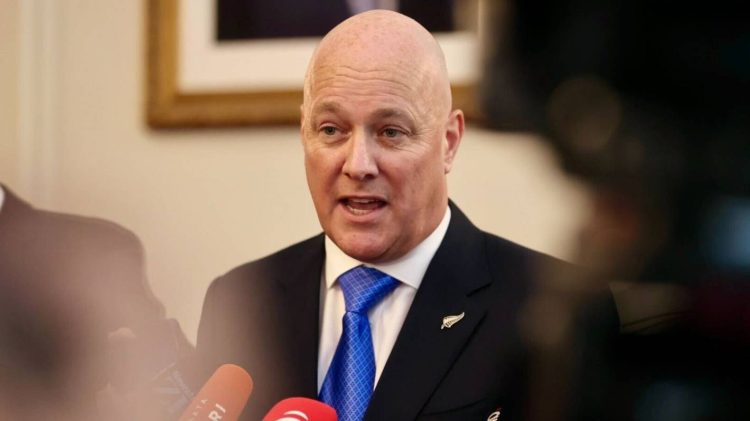크리스토퍼 룩슨 (Christopher Luxon) 새 총리는 공공 서비스 직원 수를 줄이고 주정부 자원을 정부 목표에 돌리겠다고 약속했습니다.그는 높은 생활비 문제를 해결하고 법과 질서를 회복하며 공공 서비스 비용의 6.5% 를 절감하는 것을 목표로 삼고 있습니다.
룩손은 총 30명의 장관과 차관이 있음에도 불구하고 자신의 정부가 너무 크지 않다고 주장합니다.그는 전임자인 저신다 아던의 2017년 장관 수가 같았다고 지적했다.하지만 그의 정부 내각 외부 장관 수는 존 키의 2014년 행정부보다 세 명 더 많습니다.
룩손과 그의 각료들은 공식적으로 웰링턴에서 열린 의식에 참석해 찰스 왕에 대한 충성을 맹세했다.담 신디 키로 (Dame Cindy Kiro) 총독은 룩손을 총리로 공식 임명했습니다.새 내각은 이번 주에 회의를 시작할 예정이며, 룩손은 취임 첫 100일 동안의 정부 계획을 마무리할 계획이다.
향후 18개월 동안 룩손의 대리인으로 재직한 후 ACT 당수인 데이비드 시모어 (David Seymour) 에게 넘겨질 예정인 윈스턴 피터스는 TVNZ와 RNZ 기자들의 편향된 저널리즘을 비난했다.그는 코로나19 침체기에 언론 매체를 지원하기 위해 2020년에 설립된 정부의 공익 저널리즘 펀드를 “뇌물 수수”라고 불렀다.
피터스는 또한 정부 부처의 이름을 테 레오 마오리어에서 영어로 변경하는 등 논란이 많은 자신의 정책 의제가 인종 관계를 개선할 것이라고 약속했다.그러나 Peters, Luxon, Seymour 모두 이름 변경이 언제 시작되는지, 얼마나 걸리는지, 비용이 얼마나 드는지에 대한 세부 정보를 제공하지 못했습니다.Luxon은 마오리족이 아닌 모든 정부 기관의 이름을 영어로 변경할 것이라고 밝혔습니다.




























































